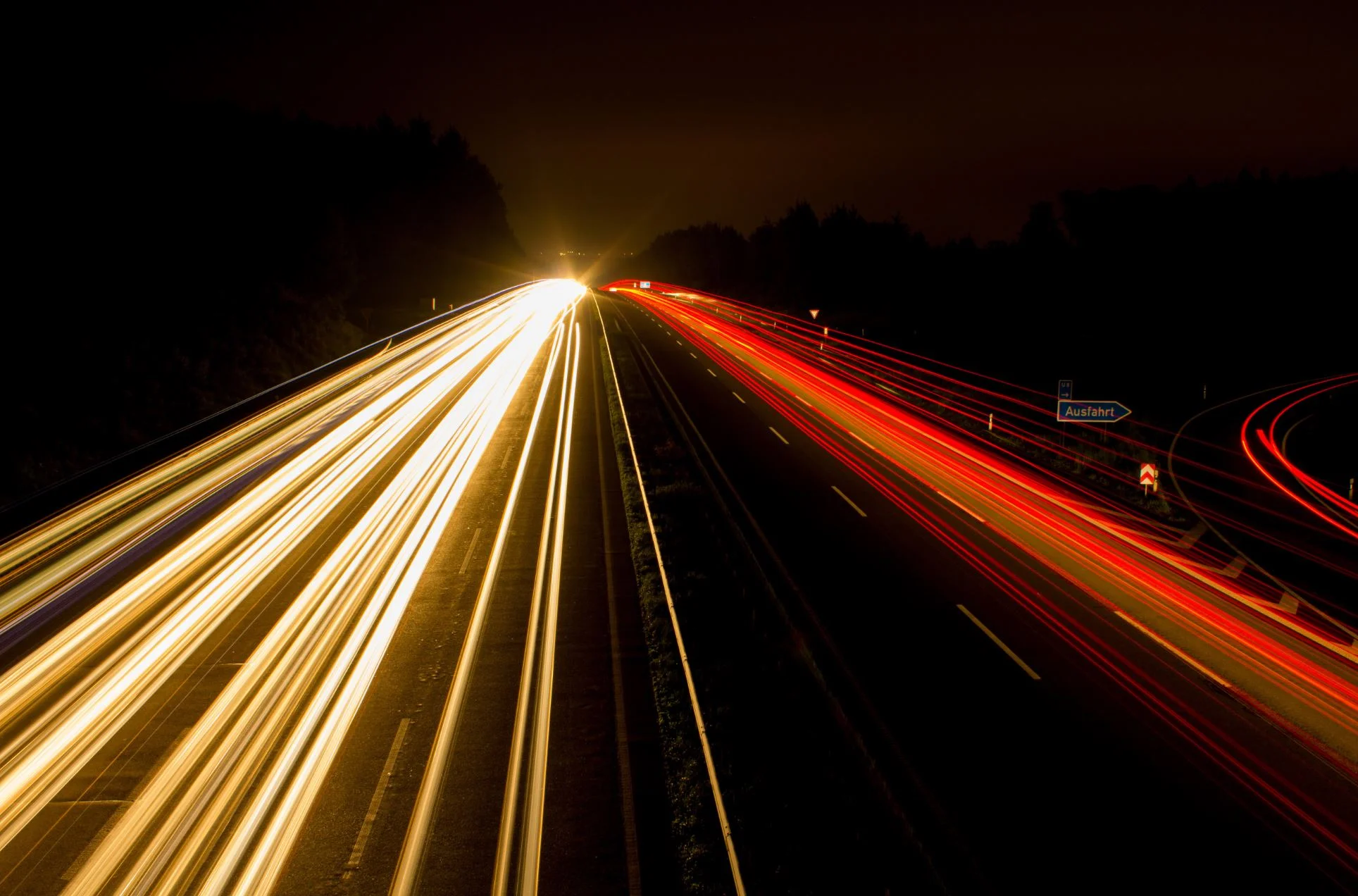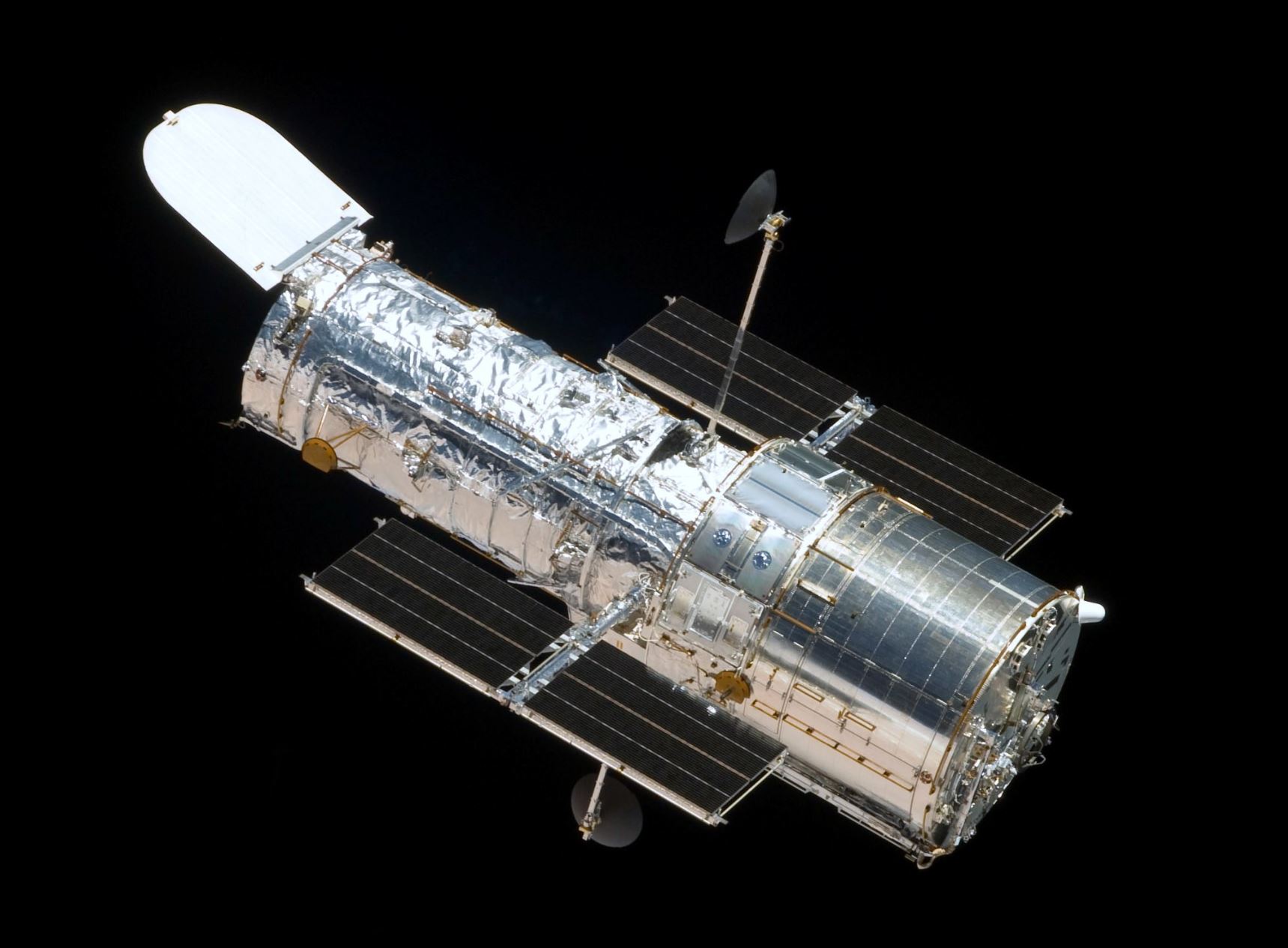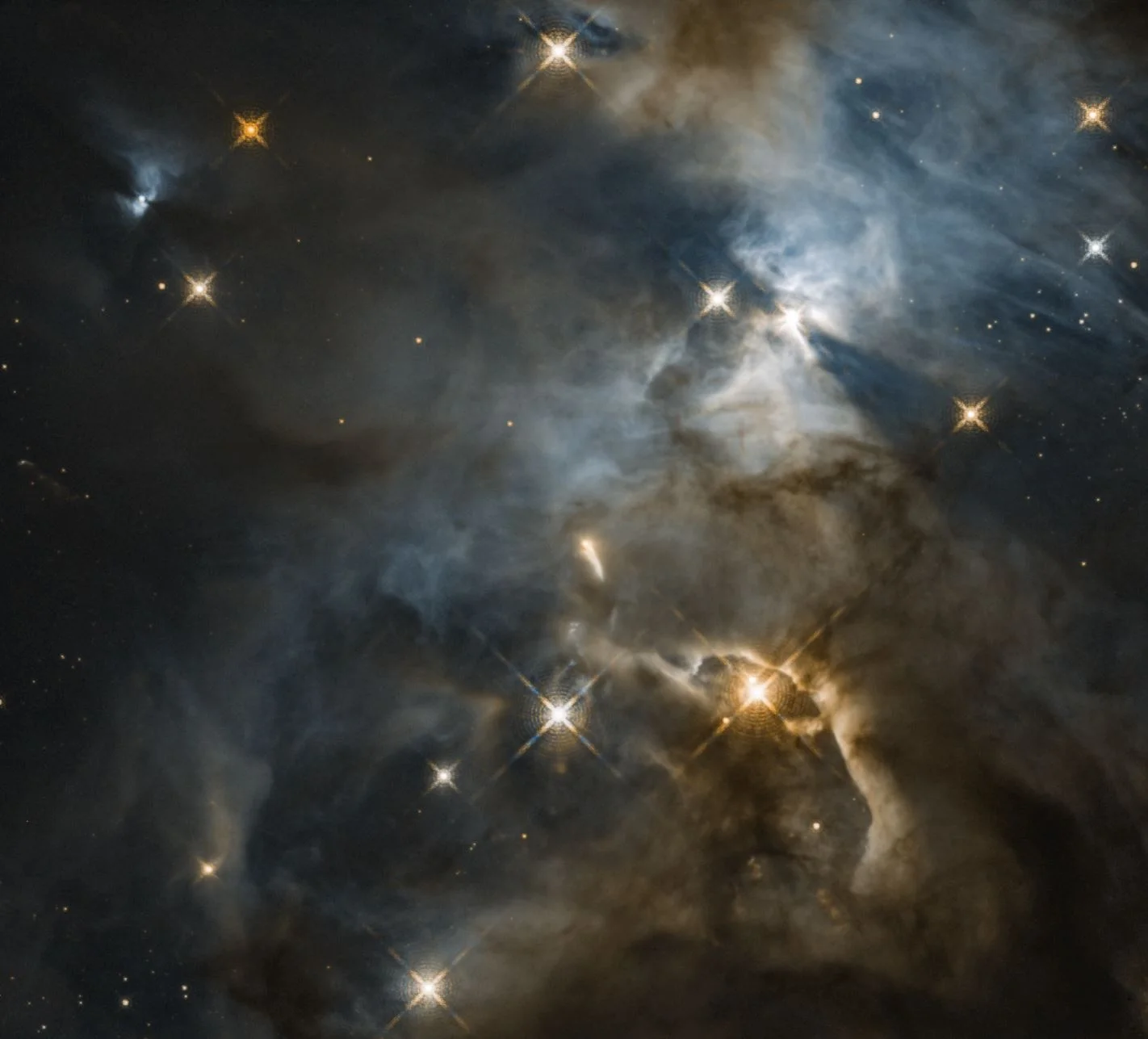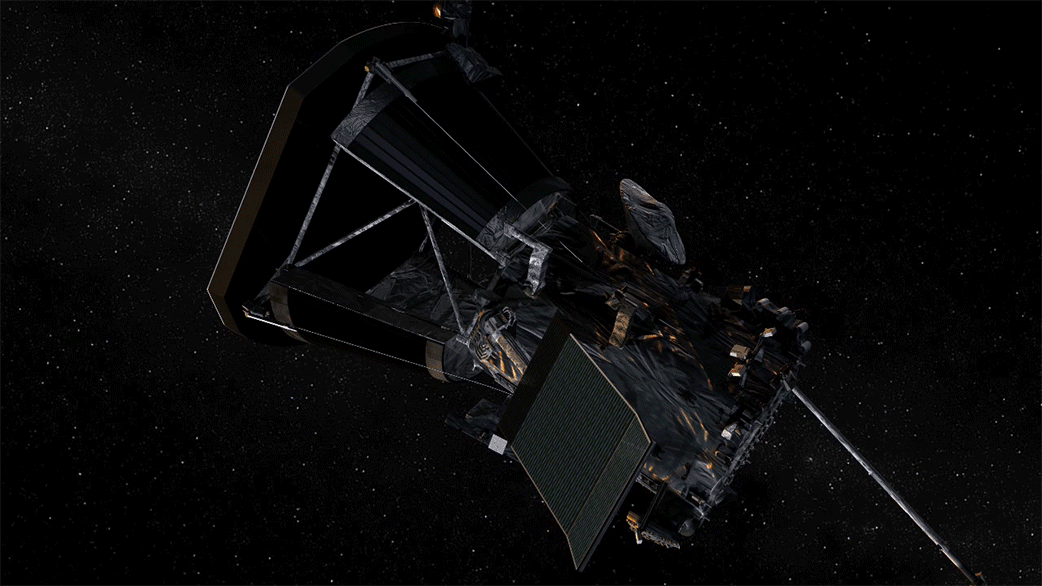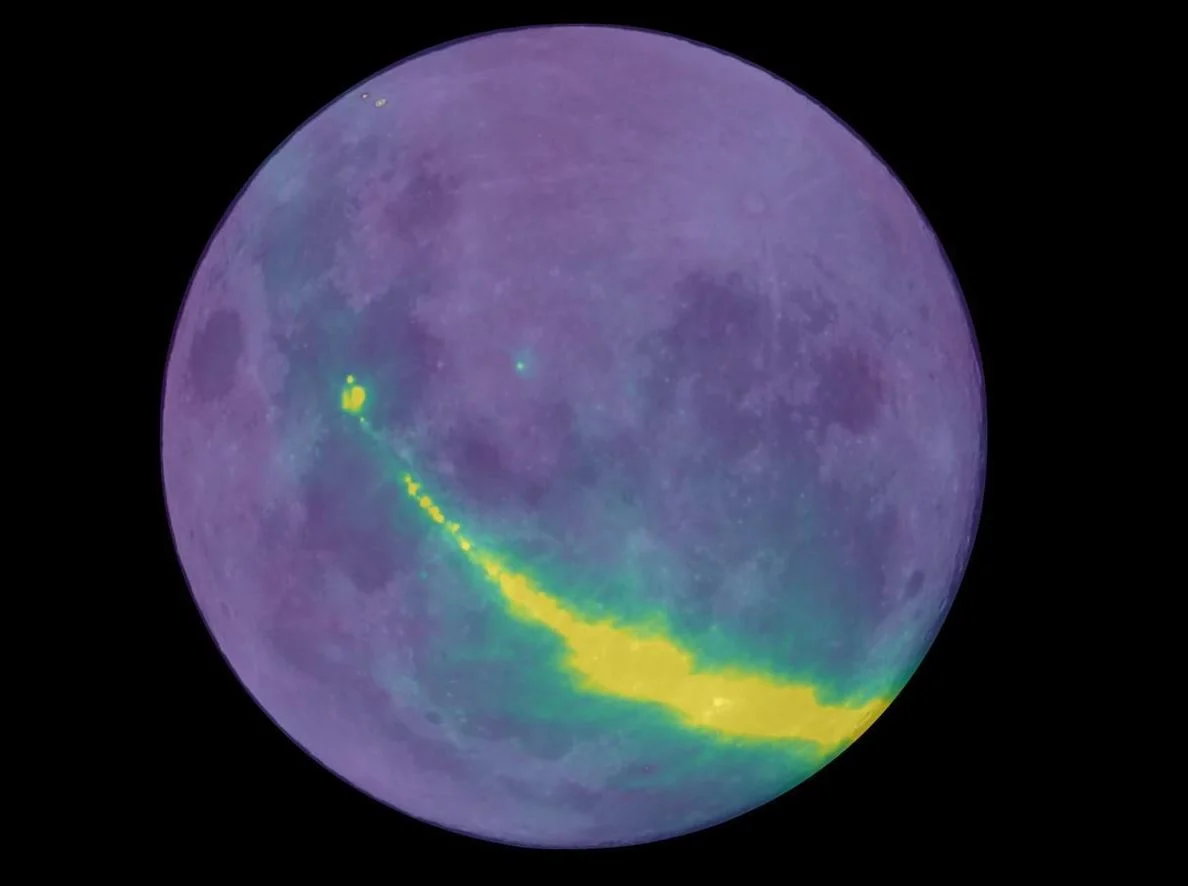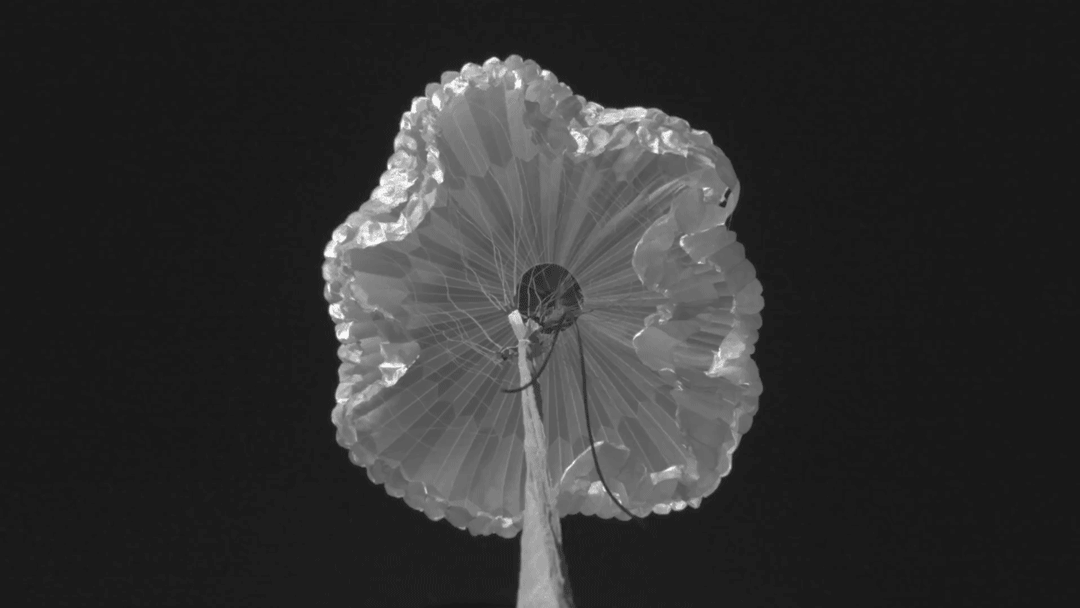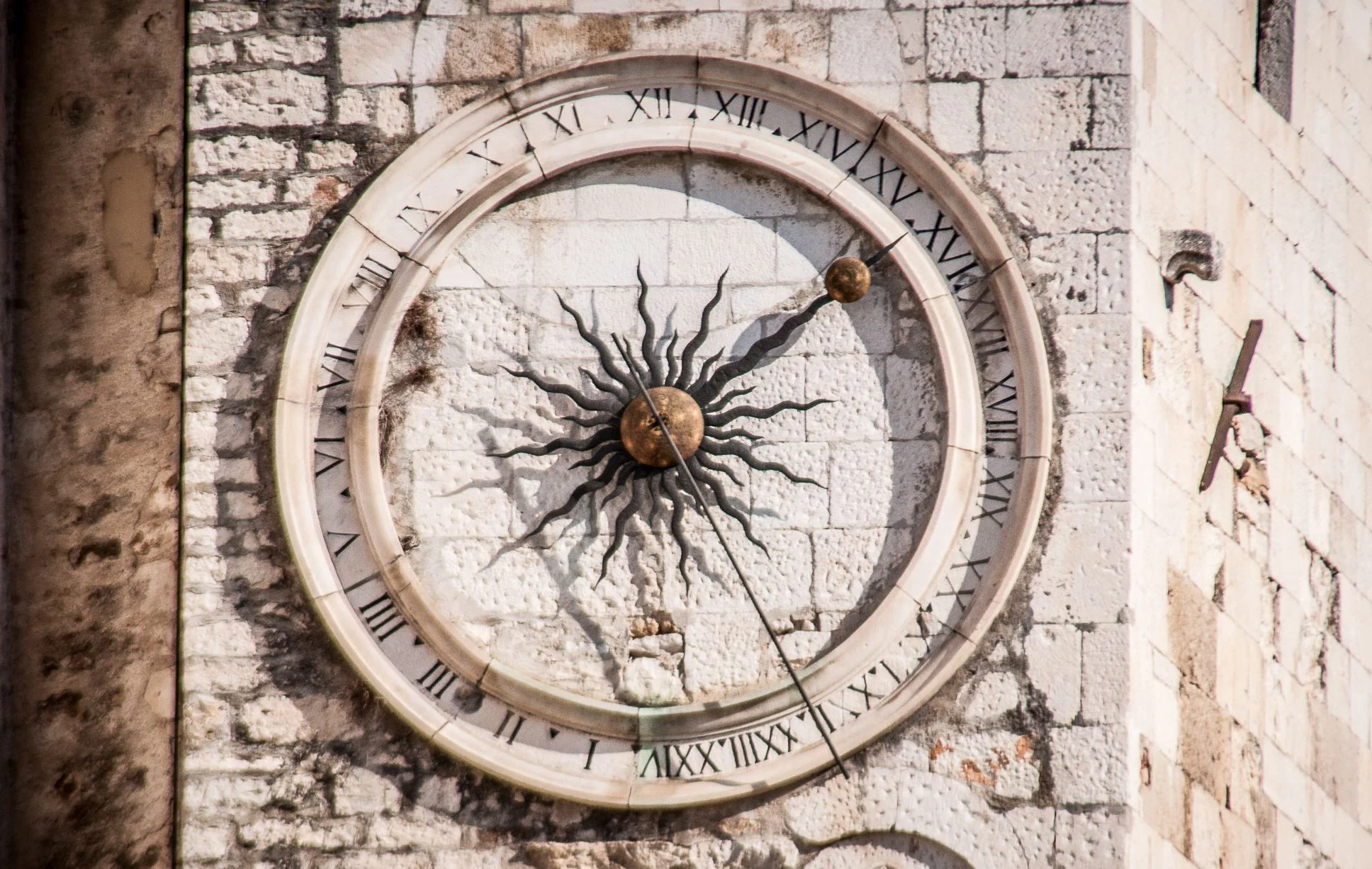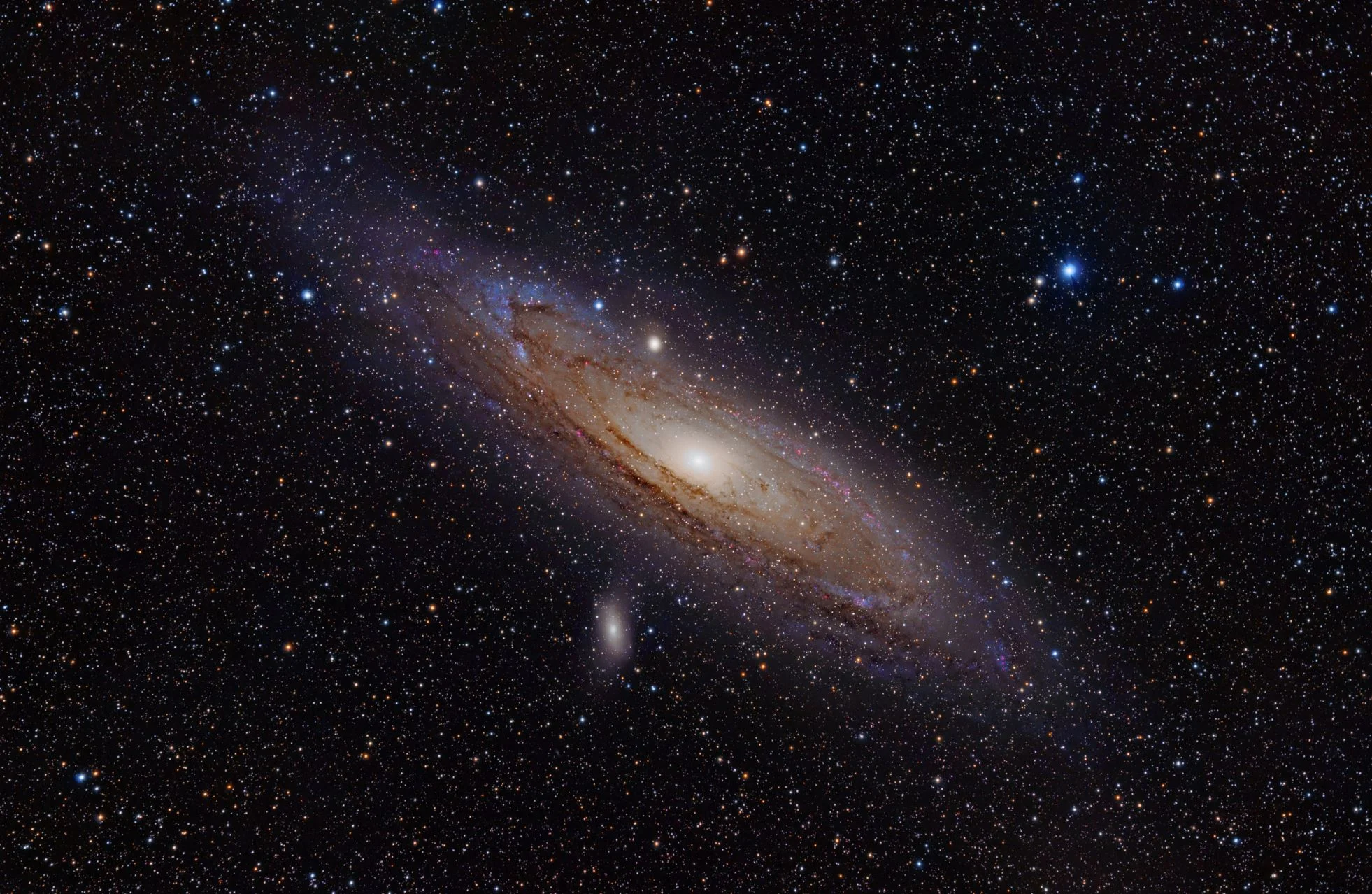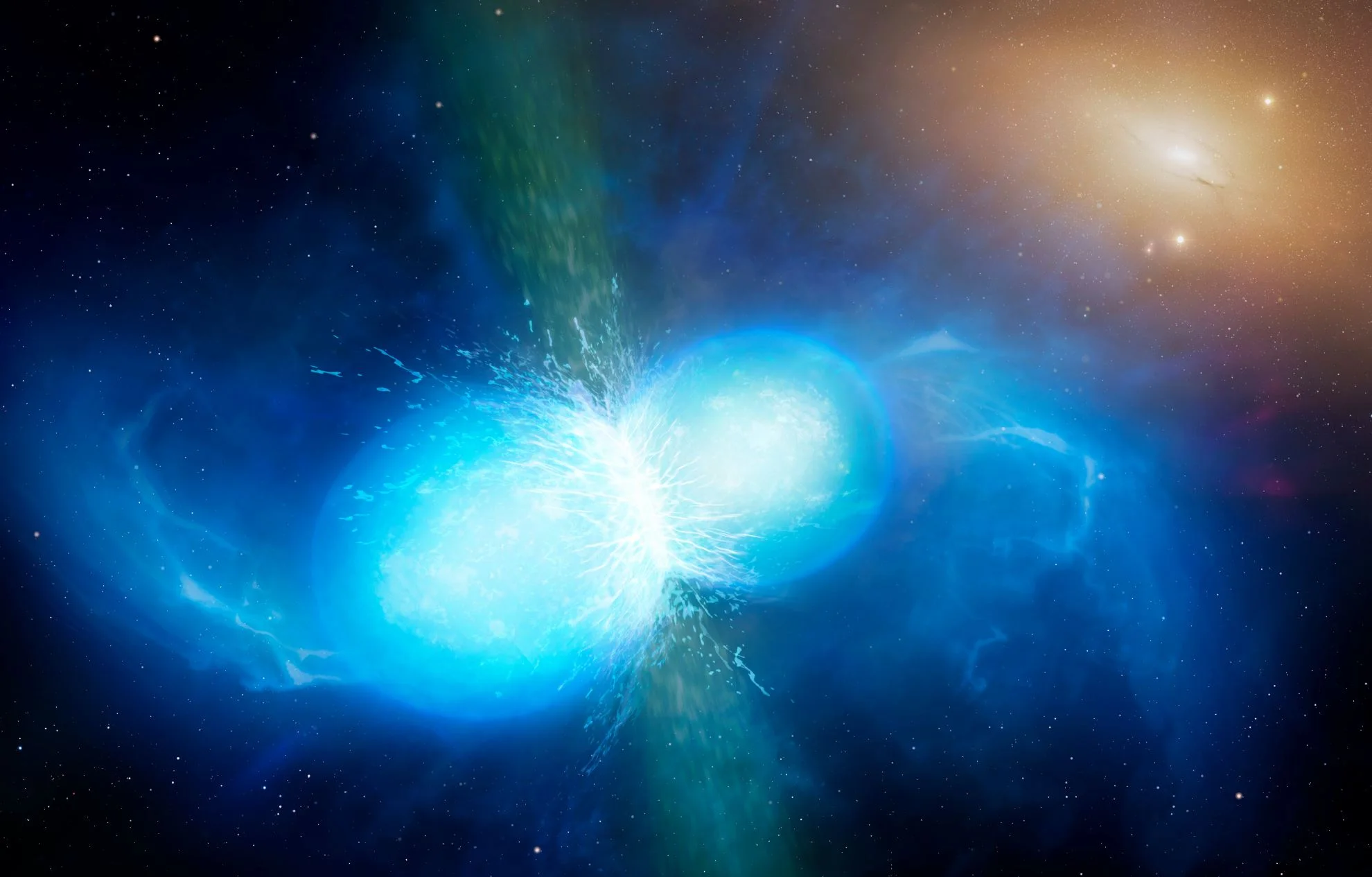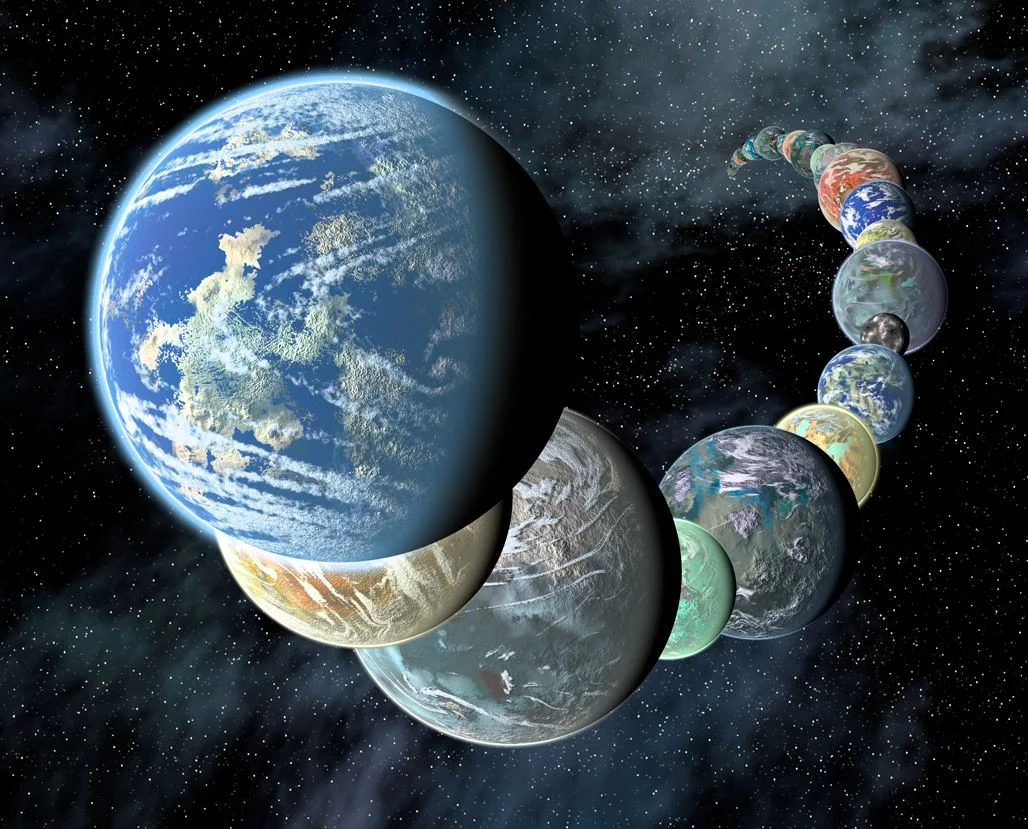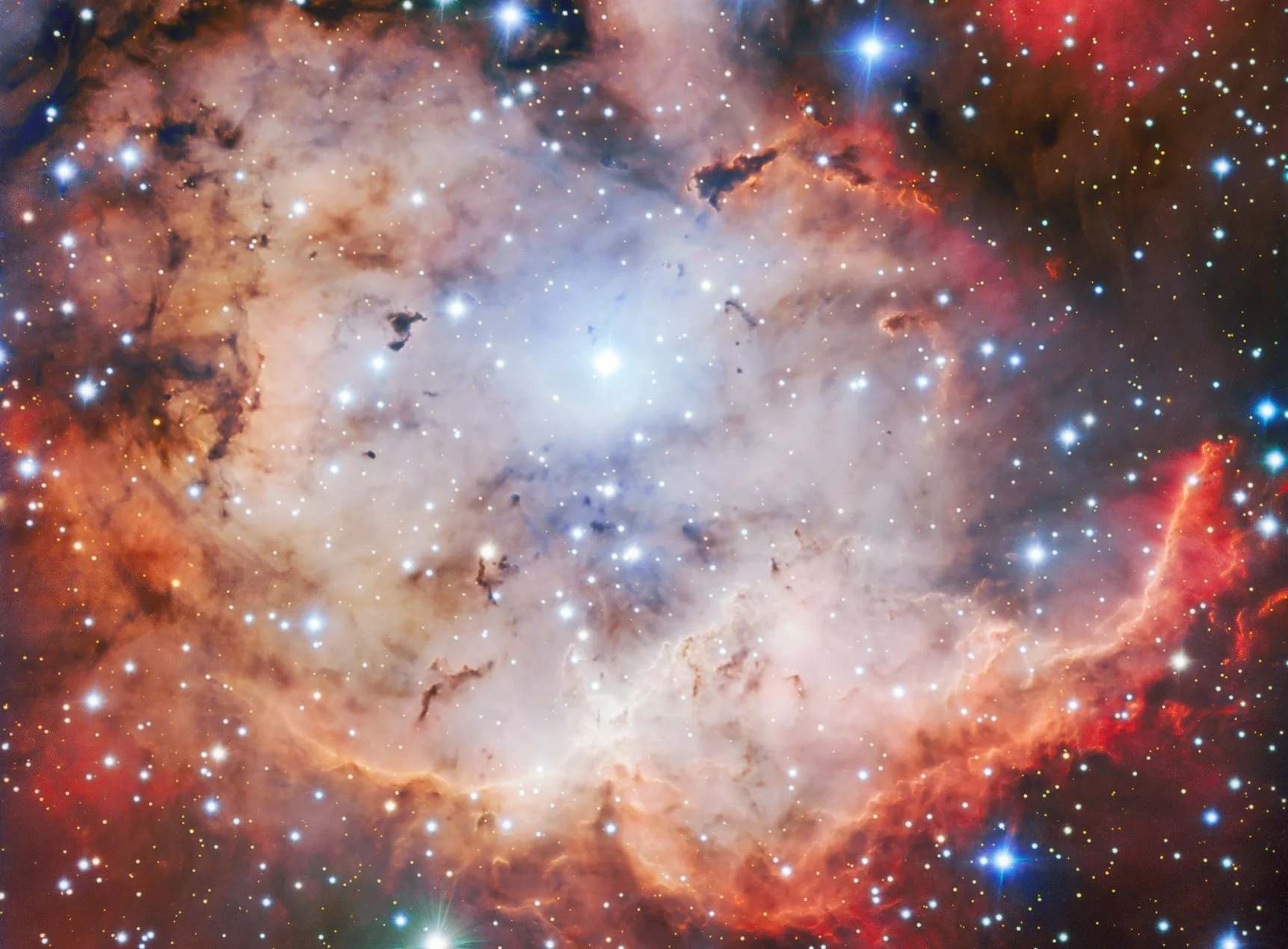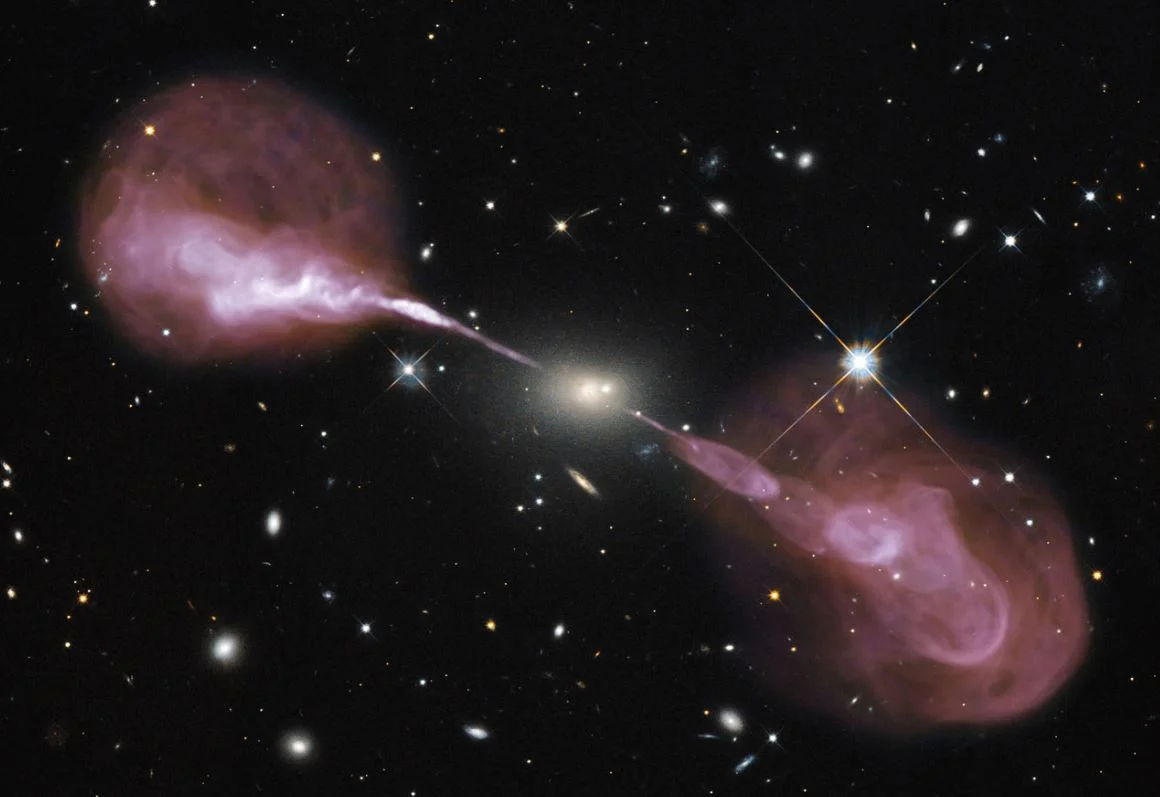Perhaps buoyed by a 67% increase in the sale of electric cars in Australia last year – albeit coming off a low base – the federal government this month announced a A$6 million funding injection for a network of ultra-fast electric vehicle recharging stations.
Yes! Hubble is Back in Operation
Since it was first launched into space in 1990, the Hubble Space Telescope has become something of a household name. Over the course of its almost thirty years of service, Hubble has established a reputation as one of NASA’s Great Observatories, giving astronomers the ability to look farther into the cosmic field than ever before and learn new and fascinating things about our Universe.
Hubble Reveals a Giant Cosmic 'Bat Shadow'
Shadows on Earth can be mysterious and foreboding, but when they occur in space, they can convey information we otherwise could not know. In a stellar nursery called the Serpens Nebula, nearly 1,300 light-years away, a young star's game of shadow play is revealing secrets of its unseen planet-forming disk. The near-infrared vision of NASA's Hubble Space Telescope captured the shadow cast by the fledgling star's brilliant light being blocked by this disk.
The search for the source of a mysterious fast radio burst comes relatively close to home
NASA Retires Kepler Space Telescope, Passes Planet-Hunting Torch
After nine years in deep space collecting data that indicate our sky to be filled with billions of hidden planets – more planets even than stars – NASA’s Kepler space telescope has run out of fuel needed for further science operations. NASA has decided to retire the spacecraft within its current, safe orbit, away from Earth. Kepler leaves a legacy of more than 2,600 planet discoveries from outside our solar system, many of which could be promising places for life.
Parker Solar Probe Breaks Record, Becomes Closest Spacecraft to Sun
Whoa. That’s the Milky Way, Bouncing off the Moon in Radio Waves
The universe wasn’t always such a well-lit place. It had its own Dark Ages, back in the days before stars and galaxies formed. One of the big questions in astronomy concerns how stars and galaxies shaped the very early days of the Universe. The problem is, there’s no visible light travelling through the Universe from this time period.
How a near-perfect rectangular iceberg formed
Third ASPIRE Test Confirms Mars 2020 Parachute a Go
Why we will probably never have a perfect clock
The time has come again when many of us switch our clocks from summer or daylight-saving time back to winter time. And the usual confusion sets in, is it an hour forwards or back? Why do we need to change the time at all? Indeed, EU member states have been asked if they would like to simply skip daylight saving time.
Has a New Dwarf Galaxy Been Found Hiding Behind Andromeda?
One of the greatest challenges of astronomy is locating objects in space that are obscured by the light of nearby, brighter objects. In addition to making extra-solar planets very difficult to directly image, this problem also intrudes on surveys of the local Universe, where astronomers are unable to detect dwarf and isolated galaxies because of all the brighter ones surrounding them.
Heart attacks more frequent in colder weather
Gravitational waves were only recently observed, and now astronomers are already thinking of ways to use them: like accurately measuring the expansion rate of the Universe
Rocky? Habitable? Sizing up a Galaxy of Planets
The planets so far discovered across the Milky Way are a motley, teeming multitude: hot Jupiters, gas giants, small, rocky worlds and mysterious planets larger than Earth and smaller than Neptune. As we prepare to add many thousands more to the thousands found already, the search goes on for evidence of life – and for a world something like our own.
Why do leaves change colour?
The Pirate of the Southern Skies
FORS2, an instrument mounted on ESO’s Very Large Telescope, has observed the active star-forming region NGC 2467 — sometimes referred to as the Skull and Crossbones Nebula. The image was captured as part of the ESO Cosmic Gems Programme, which makes use of the rare occasions when observing conditions are not suitable for gathering scientific data. Instead of sitting idle, the ESO Cosmic Gems Programme allows ESO’s telescopes to be used to capture visually stunning images of the southern skies.
It Could be Possible to Transfer Data Through Gravitational Waves
On February 11th, 2016, scientists at the Laser Interferometer Gravitational-wave Observatory (LIGO) made history when they announced the first detection of gravitational waves. Originally predicted made by Einstein’s Theory of General Relativity a century prior, these waves are essentially ripples in space-time that are formed by major astronomical events – such as the merger of a binary black hole pair.
We’ve spotted signs of mergers that may finally help us prove that supermassive black holes exist
Newborn Stars Blow Bubbles in the Cat's Paw Nebula
This image from NASA's Spitzer Space Telescope shows the Cat's Paw Nebula, so named for the large, round features that create the impression of a feline footprint. The nebula is a star-forming region in the Milky Way galaxy, located in the constellation Scorpius. Estimates of its distance from Earth range from about 4,200 to about 5,500 light-years.

